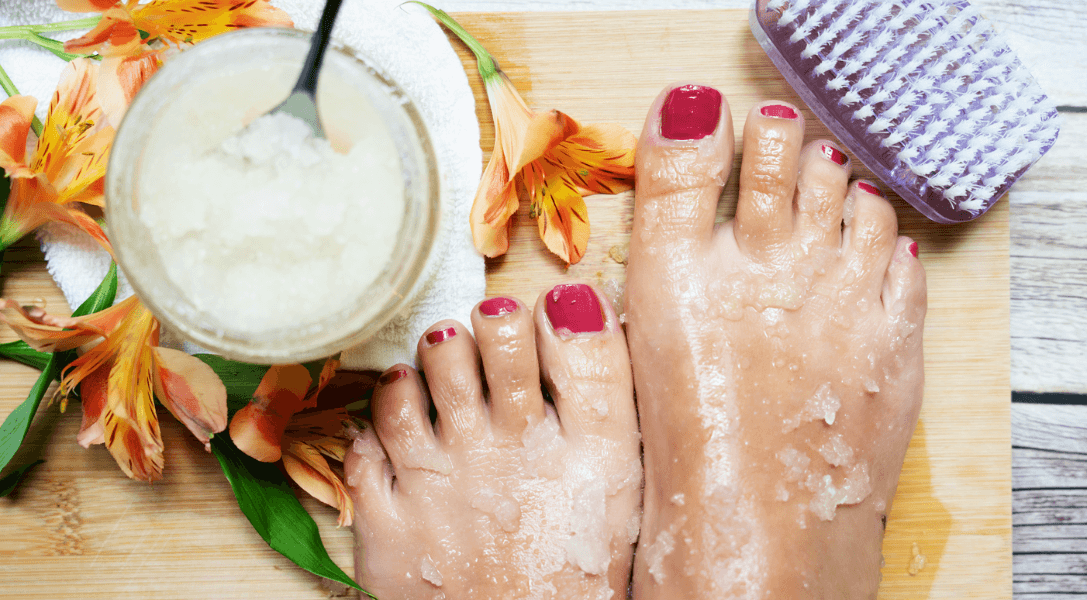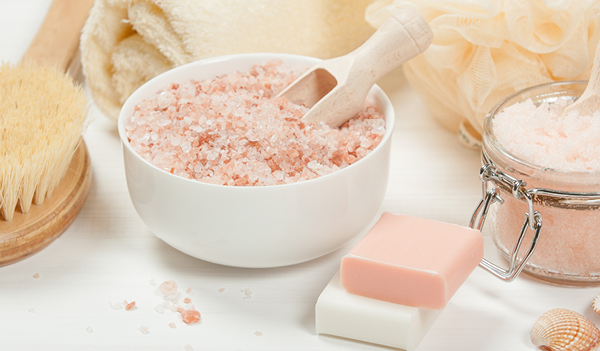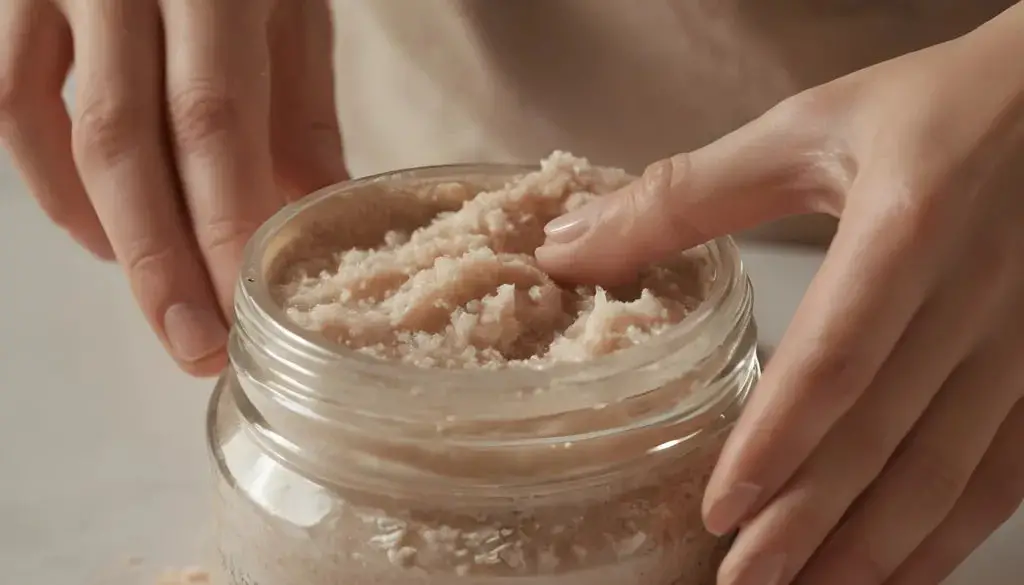Tips for Using Exfoliating Body Wash Safely: Essential Guidance
In the world of skincare, using an exfoliating body wash has become a popular step to achieve smooth and radiant skin. However, for beauticians and skincare enthusiasts, understanding the nuances of using these products safely is crucial. Not only does this ensure the health of the skin, but it also maximizes the benefits of exfoliation. Below, we delve into tips for using exfoliating body wash safely while maintaining the integrity of your skin.

Understand Your Skin Type
The first step in using an exfoliating body wash safely is to understand your skin type. Whether you have dry, oily, sensitive, or combination skin, each type reacts differently to exfoliation. For instance, sensitive skin may require a gentler approach compared to oily skin, which can handle more robust exfoliants. Beauticians understand the importance of tailoring skincare routines to individual needs, ensuring that the chosen products do not cause irritation or damage.
For a deeper understanding of how to adjust exfoliation techniques according to skin type, explore our detailed guide on skincare routines for sensitive skin.
Choose the Right Exfoliating Ingredients
Not all exfoliating body washes are created equal. The ingredients present in these products play a significant role in determining their effectiveness and safety. Common exfoliating ingredients include alpha hydroxy acids (AHAs), beta hydroxy acids (BHAs), and physical exfoliants like sugar or salt particles. Beauticians often recommend opting for products with natural exfoliants and avoiding those with harsh chemicals that can strip the skin of its natural oils.
An insightful resource on understanding the benefits of different ingredients is available at Healthline.
Frequency Matters
One of the most frequently asked questions is, 'How often should you use an exfoliating body wash?' Over-exfoliation can lead to skin irritation, redness, and even compromise the skin barrier. For most skin types, using an exfoliating body wash 2-3 times a week is sufficient. However, this can vary based on individual skin needs and the strength of the exfoliant used.
For more details on exfoliation frequency, check out our article on everyday use of exfoliating body wash.
Proper Application Techniques
How you apply an exfoliating body wash is as important as the product itself. Start by wetting your skin with warm water to open up the pores. Apply a small amount of the exfoliating body wash to a loofah or washcloth and gently massage it onto the skin in circular motions. Avoid applying too much pressure, as this can irritate the skin. Focus on areas that tend to be rougher, such as elbows, knees, and heels.
For a step-by-step guide, refer to Grum's how-to guide.
Post-Exfoliation Care
After exfoliating, it is crucial to follow up with proper skincare to soothe and protect the skin. Applying a hydrating moisturizer or body lotion helps lock in moisture and maintain the skin's natural barrier. Beauticians often emphasize the importance of using products that are free from fragrances and irritants, especially after exfoliation, to prevent any adverse reactions.
Learn more about maintaining healthy skin post-exfoliation by reading our guide on uneven skin tone correction.

Be Cautious with Sun Exposure
Exfoliating can make your skin more sensitive to the sun. Therefore, it's essential to apply a broad-spectrum sunscreen with at least SPF 30 after exfoliating, especially if you plan to spend time outdoors. This protects the skin from UV damage and prevents dark spots and hyperpigmentation.
FAQ Section
Is it safe to use exfoliating body wash on sensitive skin?
Yes, but choose a gentle exfoliant and limit use to once a week to avoid irritation.
Can I use exfoliating body wash on my face?
It's not recommended as facial skin is often more delicate. Opt for facial-specific exfoliants instead.
How do I know if I'm over-exfoliating?
Signs of over-exfoliation include redness, sensitivity, and peeling. If you notice these, reduce frequency and consult a skincare professional.
By incorporating these tips, beauticians can guide their clients towards achieving healthier, glowing skin. For more insights, explore our article on skin barrier protection.
This article contains affiliate links. We may earn a commission at no extra cost to you.

